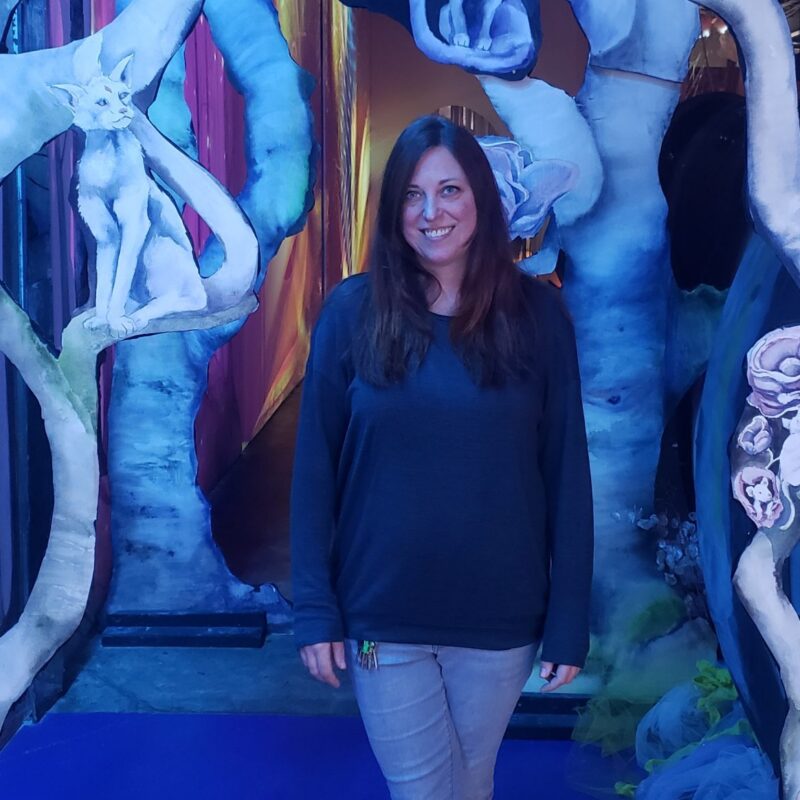Chris Onstad, the cartoonist that has been writing Achewood since 2001, took a breather during the winter holidays and ran a few “classic” Achewood strips from December 24-28 (which I greedily and somewhat shamefully read at my desk, shoulders bucking with silent laughs). Within the same week, Time named Achewood the year’s best graphic novel in its year-end issue of Top 10 lists, with the concession that “It’s not a graphic novel in every, or maybe any, traditional sense, since its primary venue is the Web.”
True, but Onstad has used the Internet to pollute the idea of cartoon animals into something boozy, cussin’ and fresh. Achewood follows a crew of cats (as well as a bear or two, a robot and a bafflingly naive otter) through the best types of stories and bits of dialogue—bar stool bragging, half-baked schemes, entirely baked schemes and friendly fights—but these cats are less like Bill Watterson’s “Hobbes” character and more like the couch philosophers of a Richard Linklater movie.

Click to enlarge.
|
Perhaps Onstad’s biggest success is that Achewood changes what it means for comic strip cats to be anthropomorphic. These cats don’t just walk upright and talk with one another; they blog! (Characters have online journals linked from achewood.com.) Roast Beef, an engaged slacker, struggles with a familiar, early-20s ennui and talks in a style of slang that is equal parts Run DMC and The Big Lebowski; his counterpoint, Ray Smuckles, is eternally dressed in black-rimmed shades and a gold medallion, his paunch sagging over a pair of bikini briefs.
In a recent blog post from Roast Beef, the character recounts a discussion with Ray over McDonalds’ decision to start catering to the designer coffee drink crowd: “The Venn diagram of their customer bases looks like an eight,” remarks Beef, who then asks Ray what his favorite part about Starbucks is. “The chicks who work there, dude! All tight black pants, smilin’, hell of took a shower lately…”
A slacker’s disregard for grammar is as much a benchmark of Achewood as Onstad’s inventive narratives; story arcs last for little more than a few weeks but run the gamut from purchasing Nine Inch Nails frontman Trent Reznor’s car (the “1978 Volvo 244GLE of Despair,” which sends its occupants into spastic fits of hopelessness) to Ray’s emerging bald spot (something Beef refers to as “monk dimin,’” which prompts Ray to inform Beef that “Hair is like Johnny Cash—it only exists to let you know you’re dyin’”).
I’ve never had a lot of love for print cartoons about humans that actually depict humans; I’d rather watch comic strip cats argue crudely about lasagna, or philosophy. Achewood is simply the next logical step in a long line of whiskered wisecrackers, a gang of strays for the Internet age.





